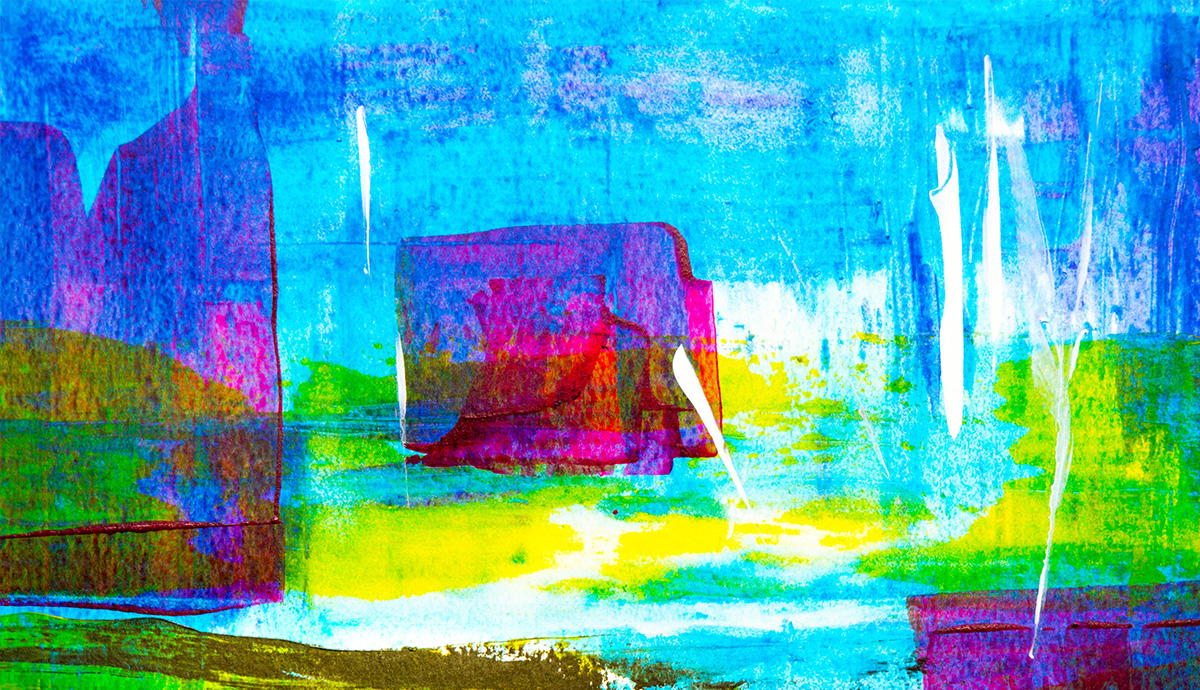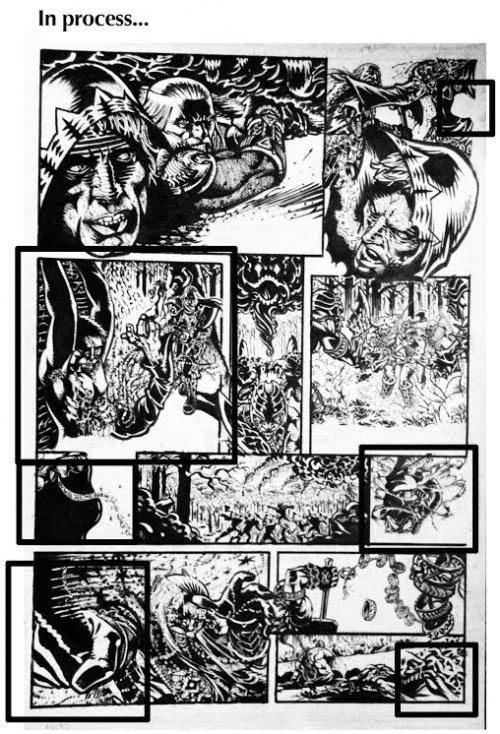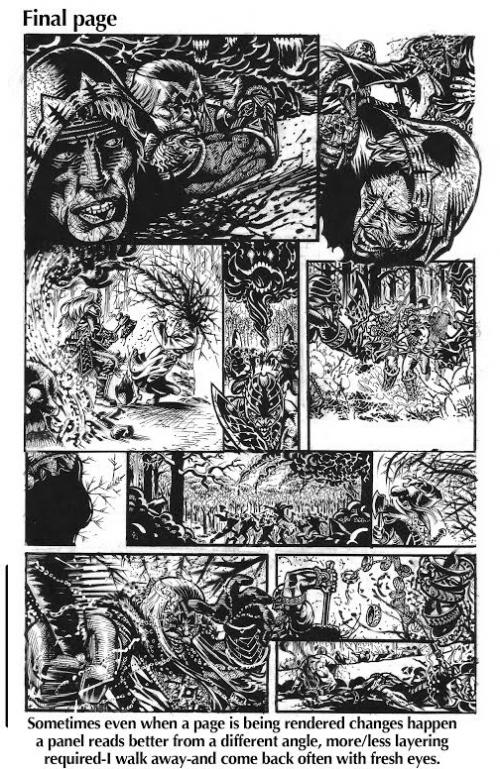Double Duty; Writing and Illustrating Comics
It was editorial cartooning for my college's newspaper that first hooked me. Attempting to do it all writing and illustrating, doing my best to peel back complex layers of an issue to get at the succinct core of an idea in a seriously restrictive format, it was comic boot camp for four years 4 yrs, and I loved it. I moved away from editorial to try my hand at freelance projects when I moved out west after college. I let someone else be the director and I was simply the hired hand.
But projects like that were never as satisfying as seeing my own story birthed on paper. I've finally hit my stride after many years with my current project, but this evolution has taken years of continual, sometimes obsessive, drawing, writing, and falling forward, to now be at a place where I feel liberated creatively and excited to share my story with the world. Failing forward? Let me elaborate on what that means:
Over reaching
Be it with my editorial cartooning or my writing for comics, I was always trying so hard to stand for something profound. I asked an established comic artist once if you could give a younger you advice, what would it be? He said, relax. You’re drawing comics, not creating an opus. Odds are you're not going to be the next Frank Miller, so don’t try to go there. Just tell a story as if you were talking with a friend. And please don’t forget to have fun with it.
Training your brain
I literally went back to the drawing board after two failed attempts at doing double duty in a comic. I wrote and illustrated a 13-part newspaper format comic over the course of six months. Working within an extreme panel size restriction and navigating consistent deadlines week in and week out was great training for tackling full-size comic pages.
Identity crisis
I've always viewed myself as a visual storyteller first and foremost. When taking on the role of writing, I had to think about the precious real estate on a given page that I was giving up if I found myself getting long winded with my words, and this awareness helped me write more succinctly in many instances. Or conversely, sometimes a visual works so much more effective, if layered with wording. The suggestion of a sensory experience (sound-taste-smell) is yet another way of pulling the reader deeper into your world.
Finally, failing forward
For every lame, duck project I've conceived of and failed to launch, I've become so much better for it because I view it as failing forward.
I asked myself, where was it weak? What can I do differently the next time? Did I overthink the heart of the concept? Could I have explained my story in one to two sentences clearly to anyone that might be interested?
Would I really invest time and emotion into these characters like my audience is being asked to if my ego wasn’t involved? And then I try again. And keep trying, again and again and before I know it I’m not crawling as a storyteller anymore. I’m walking, now running, the story flows onto paper with visuals that blossom to life. And that sacred story I had nursed so long is now alive and outside my head, and that’s a beautiful thing to behold.
Have fun, fail forward, and go ahead, share your story...
Midwest transplant freelance artist Jared Rogness, now settled into California’s Central Valley, is currently working on creator-owned comics and editorial art. Jared's art has appeared in numerous issues of North American Review. His work most recently appeared in issue 298.3, entitled, "Too Late."
Recommended
Nor’easter
Post-Op Appointment With My Father
Cedar Valley Youth Poet Laureate | Fall 2024 Workshop







